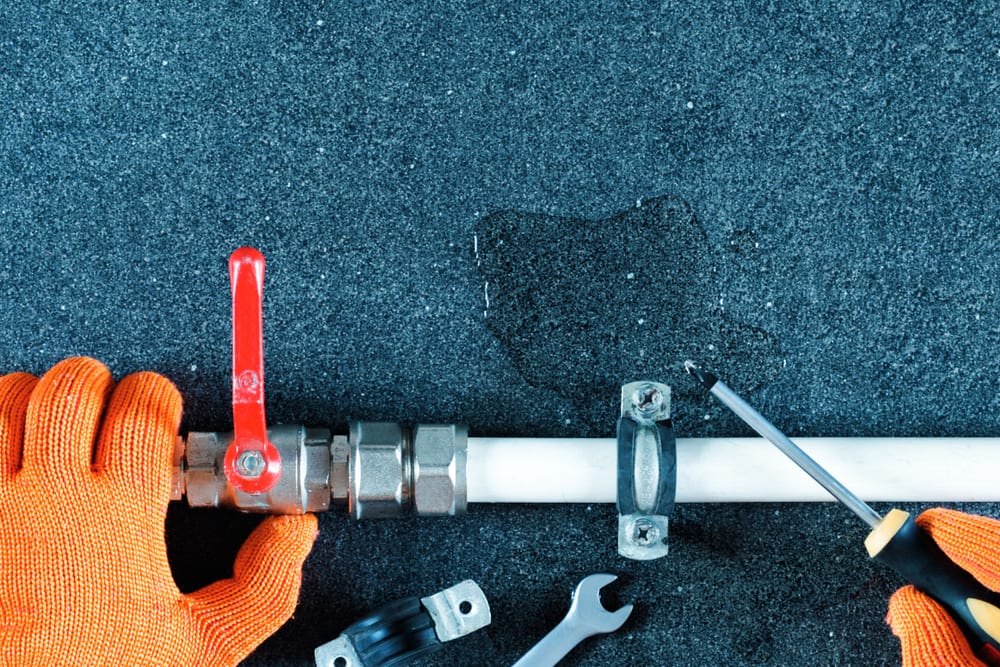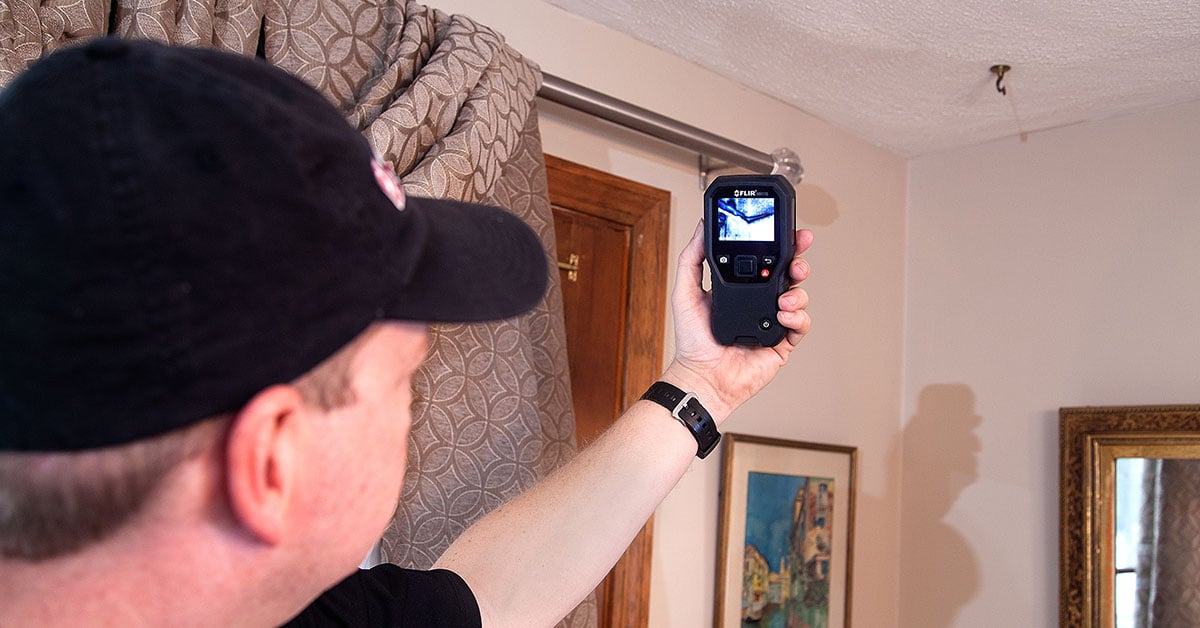Just how to Examine If Your House Has a Concealed Leak
Just how to Examine If Your House Has a Concealed Leak
Blog Article
This article following next involving Finding hidden leaks is seriously remarkable. Have a go and draw your own personal final thoughts.

Early discovery of leaking water lines can minimize a potential catastrophe. Some tiny water leakages might not be visible.
1. Check Out the Water Meter
Every house has a water meter. Checking it is a guaranteed way that aids you uncover leaks. For beginners, shut off all the water resources. Make sure no one will certainly purge, make use of the tap, shower, run the washing equipment or dishwashing machine. From there, most likely to the meter as well as watch if it will certainly transform. Since no one is utilizing it, there ought to be no movements. If it relocates, that shows a fast-moving leak. If you detect no modifications, wait an hour or 2 and inspect back once again. This suggests you may have a sluggish leakage that could even be below ground.
2. Inspect Water Usage
Examine your water expenses as well as track your water consumption. As the one paying it, you must notice if there are any discrepancies. If you detect sudden changes, in spite of your consumption coinciding, it indicates that you have leaks in your plumbing system. Bear in mind, your water expense must fall under the exact same array monthly. An unexpected spike in your expense suggests a fast-moving leak.
Meanwhile, a steady increase on a monthly basis, despite the same habits, reveals you have a slow leakage that's also gradually intensifying. Call a plumber to thoroughly check your property, especially if you really feel a warm location on your floor with piping below.
3. Do a Food Coloring Test
30% comes from bathrooms when it comes to water consumption. Test to see if they are running correctly. Decrease specks of food color in the tank and also wait 10 mins. If the shade in some way infiltrates your dish throughout that time without flushing, there's a leakage between the container and bowl.
4. Asses Exterior Lines
Don't fail to remember to examine your outside water lines too. Needs to water leak out of the link, you have a loose rubber gasket. One little leakage can lose bunches of water and spike your water bill.
5. Analyze the situation and examine
Home owners ought to make it a practice to inspect under the sink counters and also also inside cupboards for any bad odor or mold growth. These two warnings show a leak so prompt focus is needed. Doing routine evaluations, also bi-annually, can save you from a major trouble.
Much more importantly, if you know your house is currently old, keep a watchful eye on your heaters, tubes, pipelines etc. Check for stainings and weakening as many devices and pipelines have a life expectancy. They will likewise normally wear away because of tear as well as put on. If you think leaking water lines in your plumbing system, don't await it to intensify. Call a professional plumber right away so you don't wind up with a horrible mess in your house.
Early detection of dripping water lines can minimize a prospective disaster. Some tiny water leaks might not be visible. Inspecting it is a proven means that assists you discover leaks. One small leakage can squander lots of water and also spike your water bill.
If you think dripping water lines in your plumbing system, do not wait for it to escalate.
How to Know If Your Home Has a Hidden Leak
Water Meter Reveals Inexplicable Water Usage
If you’d like to test whether or not there’s a leak somewhere in your home, you can do this using your water meter. Here is how to conduct the test:
Don’t use any water in your home for at least 30 minutes; this also means not turning on faucets or water-using appliances.
Go outside, and check your water meter for activity.
If your water meter shows that there was activity, even though no one was using any water, this proves that there is a leak in your home.Visible Mold or Mildew Growth
Leaks behind walls create moist, dark environments that allow mold and mildew to grow and thrive. Eventually, you might see mold growth forming on the wall closest to a hidden leak.
If mold is growing in an area that receives a high amount of moisture, such as a bathroom, it may simply be an indication that better ventilation is needed. However, if you see mold growth on a wall or the ceiling in an area where you would not expect, you probably have a hidden leak.
Musty, Mildew Odor
Sometimes you might not be able to see the mold or mildew that is growing as a result of a leak. However, the smell can give the problem away just as easily. If you catch a whiff of something musty, there’s a good chance that old water is collecting somewhere in your home that you can’t see.
Stained/Warped Walls, Ceilings, or Floors
When your home soaks up water, a variety of red flags can become visible, including ceiling stains, bubbling drywall, warped walls, and sagging floors. While these issues can be caused by excess humidity, they can also be signs that a pipe or plumbing connection has started leaking behind your walls.
Inexplicably High Water Bill
After a while, you get a general sense for what your water bill should be. If you own a pool or sprinkler system, your bill will tend to be higher during summer. However, if you receive a water bill that seems especially high, and you can’t figure out what caused it, then you may have a hidden leak somewhere that’s increasing your bill.
https://www.plumbingjoint.com/blog/2019/july/how-to-know-if-your-home-has-a-hidden-leak/

As an enthusiastic person who reads on Finding hidden leaks, I think sharing that excerpt was a great idea. So long as you enjoyed reading our article kindly make sure you remember to share it. I praise you for your time. Visit again soon.
Report this page